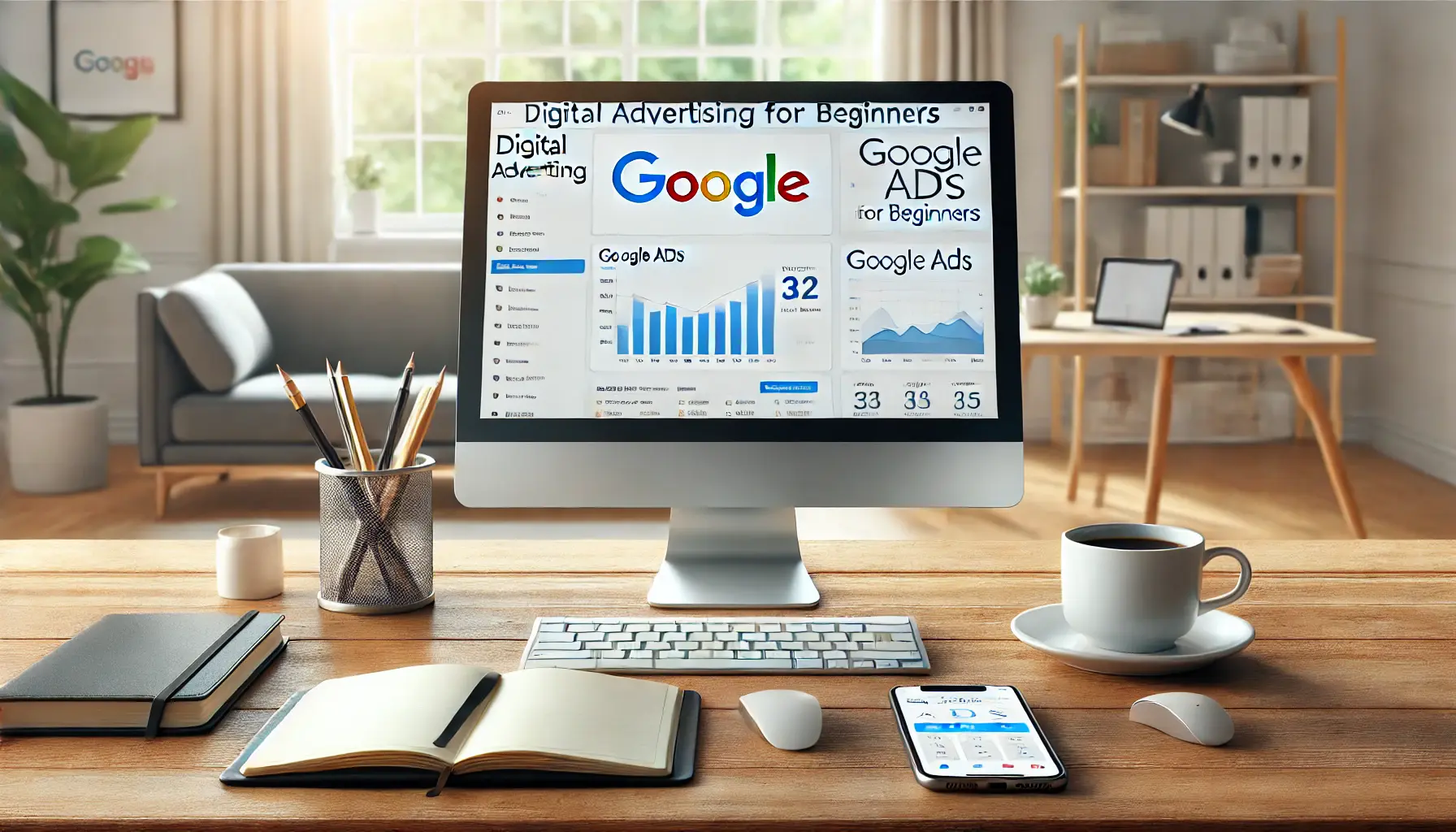7 Winning Google Ads Strategies for 2025 to Maximize ROI
-
May, Fri, 2025
Introduction
In 2025, Google Ads remains a cornerstone of digital marketing — but success now depends on much more than just setting up campaigns and choosing keywords. With rising ad costs, changing consumer behavior, and the dominance of AI, your business needs smarter strategies to stay competitive.
At Digiplus Technologies, we specialize in crafting high-performance Google Ads campaigns that blend automation with creativity. Here’s our guide to the top Google Ads strategies you should be using in 2025 to stay ahead.
1. Use Smart Bidding with Real-Time Data
Google’s Smart Bidding uses machine learning to optimize your bids based on live signals like device, location, browser, time of day, and more. This helps you bid more aggressively for users most likely to convert, without manual effort.
Why it matters in 2025:
Smart Bidding is faster, smarter, and more accurate than ever — and it saves time by automating complex decisions.
2. Launch Performance Max Campaigns
Performance Max is Google’s fully automated campaign type that uses AI to manage and optimize your ads across Search, Display, YouTube, Gmail, Maps, and more.
Top Benefits:
Wider audience reach with a single campaign
AI-generated creatives (images, videos, headlines)
Real-time adjustments for performance optimization
Tip: Provide high-quality assets and conversion goals to let Google’s AI work effectively.
3. Target Hyper-Local Audiences
Local intent continues to rise, with users searching “near me” more than ever. Geo-targeting by ZIP code, city, or radius ensures your ads show to the people who are actually nearby and ready to convert.
Example: If you’re a local service provider in Chennai, show ads only within 10km of your location to maximize ROI.
4. Create High-Converting Responsive Search Ads (RSAs)
Google phased out Expanded Text Ads, making Responsive Search Ads the default format in 2025. With RSAs, you can input up to 15 headlines and 4 descriptions — and Google tests combinations to find what works best.
Best Practices:
Include keywords in at least 2–3 headlines
Use CTAs like “Book Now”, “Free Quote”, or “Learn More”
Highlight USPs like “24/7 Support” or “100+ Happy Clients”
5. Prioritize Mobile User Experience
With 70%+ of ad clicks coming from mobile devices, your landing pages must be mobile-optimized. A poor experience can kill conversions, no matter how good your ad is.
Checklist:
Page loads in under 3 seconds
Buttons are large and easy to tap
Forms are short, simple, and mobile-friendly
6. Track Conversions with GA4 & Tag Manager
Tracking your ad performance is critical. If you’re not measuring results, you can’t optimize. Use Google Tag Manager and GA4 (Google Analytics 4) to track:
Form submissions
Phone calls
Product purchases
App downloads
7. Integrate AI Tools & Automation Scripts
Save time and improve performance with automation tools and AI. In 2025, marketers are using AI to generate ad copy, schedule campaigns, and optimize budgets.
Recommended Tools:
Google Ads Scripts – Automate bidding and pausing underperforming ads
ChatGPT – Generate engaging ad headlines and descriptions
Optmyzr – Automate budget allocation and performance reporting
Conclusion
Google Ads in 2025 is no longer just about keywords and budgets — it’s about leveraging AI, automation, and smart strategy. Whether you’re a local business or an eCommerce brand, implementing these tactics can help reduce costs and increase conversions.
At Digiplus Technologies, our PPC experts build and manage campaigns that deliver measurable results. Let us help you turn every click into a customer.
